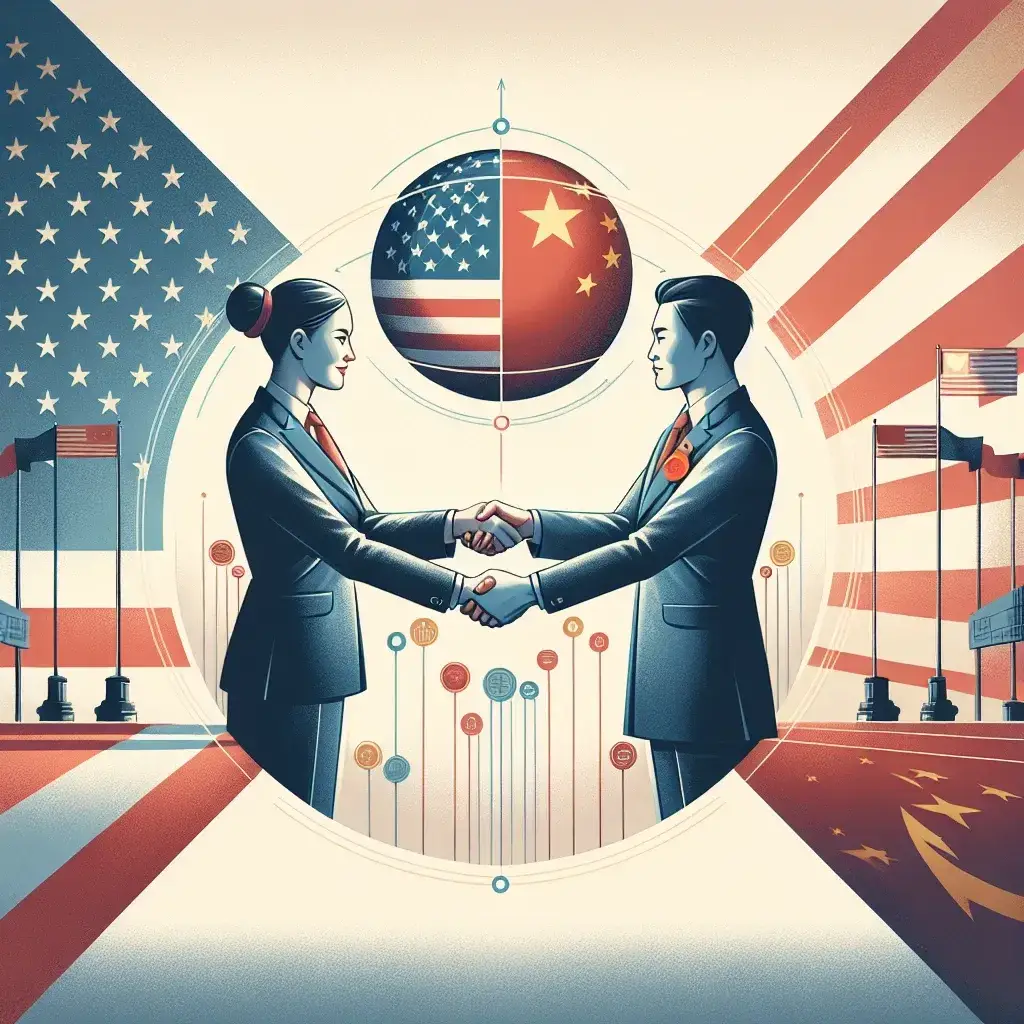Introduction
In a landmark development in the tech world, the United States and China have reached an agreement on a framework that will facilitate the transfer of TikTok’s U.S. operations to American control. This agreement comes amid ongoing concerns over data security, national sovereignty, and the geopolitical tensions that have characterized U.S.-China relations in recent years.
Background
TikTok’s Rise
TikTok, a social media platform known for its short-form videos, has taken the world by storm, particularly among younger audiences. Owned by Chinese company ByteDance, TikTok has faced scrutiny from various governments, particularly from the U.S., which has raised questions about data privacy and potential espionage.
In 2020, the Trump administration attempted to ban TikTok in the U.S., citing concerns that user data could be accessed by the Chinese government. This led to a series of negotiations and legal battles, prompting the current administration to explore alternatives to potentially restrict or regulate the app.
Negotiation Timeline
- 2020: Initial attempts to ban TikTok in the U.S.
- 2021: Biden administration reviews TikTok’s operations.
- 2022: Increased scrutiny leads to negotiations between U.S. and Chinese officials.
- 2023: Agreement reached on framework for U.S. operations transfer.
The Agreement Framework
The recent agreement establishes a framework for TikTok to operate under U.S. oversight while still maintaining some connection with its parent company, ByteDance. Here are the key components of the framework:
- Data Localization: TikTok will store U.S. user data in American-based servers, ensuring that sensitive information remains within U.S. jurisdiction.
- Independent Oversight: An independent committee will be formed to monitor TikTok’s operations and ensure compliance with U.S. regulations.
- Transparency Measures: TikTok will implement measures to enhance transparency, including regular reports on data use and user safety.
Implications of the Agreement
The implications of this agreement are significant for various stakeholders:
- For TikTok Users: Users may feel more secure knowing their data is protected under U.S. law.
- For ByteDance: The agreement allows ByteDance to retain some level of involvement while complying with U.S. regulations.
- For the U.S. Government: This move reflects a proactive approach to addressing data security concerns without outright banning popular platforms.
Future Predictions
As TikTok increasingly comes under U.S. control, several predictions can be made regarding its future:
- Increased Regulation: Expect more stringent regulations on data privacy and user protection, leading to a safer online environment.
- Enhanced Features: TikTok may introduce new features that align with U.S. cultural values and user preferences.
- Potential for Expansion: Operating under U.S. oversight could pave the way for TikTok to expand into new markets, enhancing its global reach.
Pros and Cons of the Agreement
Pros
- Enhanced user trust and security.
- Continued availability of a popular platform for content creators.
- Strengthened U.S.-China relations through constructive dialogue.
Cons
- Concerns over the effectiveness of oversight.
- Potential backlash from users who value data autonomy.
- The risk of further geopolitical tensions in the tech space.
Cultural Relevance
The agreement comes at a time when social media platforms are increasingly intertwined with cultural movements. TikTok has played a significant role in shaping trends, from music to activism. Its ability to influence culture while adhering to U.S. regulations will be a crucial aspect of its future.
Expert Insights
Experts in data privacy and international relations have weighed in on the implications of this agreement. Dr. Emily Chen, a cybersecurity expert, noted, “This framework represents a significant step towards balancing national security concerns with the realities of a globalized digital economy.” Meanwhile, political analyst Mark Liu emphasized, “The U.S. and China must continue to engage in dialogue to prevent the tech conflict from escalating further.”
Conclusion
As TikTok transitions to American control, the agreement between the U.S. and China marks a pivotal moment in the intersection of technology and geopolitics. By prioritizing data security and user trust, both countries may pave the way for a more cooperative relationship in the tech landscape. The future of TikTok will depend on the successful implementation of this framework and its ability to adapt to ongoing changes in user expectations and regulatory requirements.

Leave a Reply